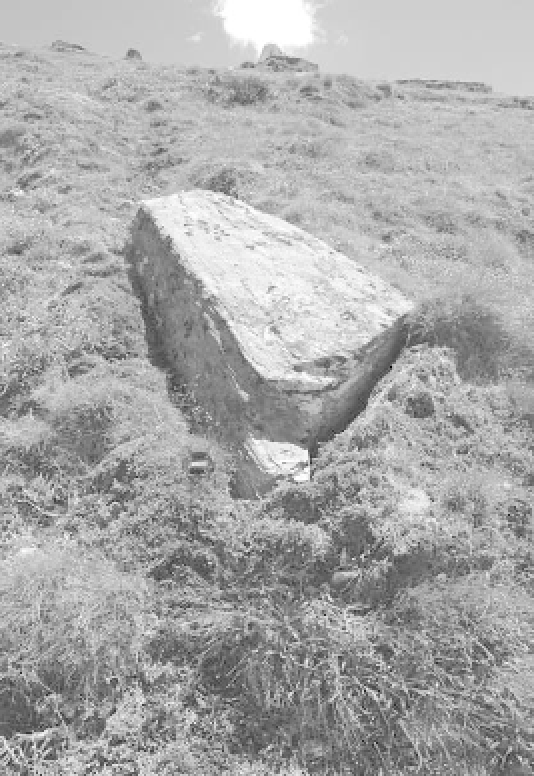Geology Reference
In-Depth Information
Plate 11.7
Ploughing boulder with furrow, levee, and
frontal lobe, Rock and Pillar Range, New Zealand.
(
Photograph by Stefan Grab
)
Plate 11.8
Active rock glacier, Swiss
Alps.
(
Photograph by Stefan Grab
)
development (e.g. Bliss 1990).
Permafrost degradation
occurs where the thermal balance of the permafrost is bro-
ken, either by climatic changes or by changing conditions
at the ground surface.
In the Low Arctic, mineral exploration has led to
the melting of permafrost. Under natural conditions,
peat, which is a good insulator, tends to prevent per-
mafrost from melting. Where the peat layer is dis-
turbed or removed, as by the use of tracked vehicles
along summer roads, permafrost melt is encouraged.
Ground-ice melting and subsequent subsidence pro-
duce
thermokarst
, which resembles karst landscapes
(cf. p. 284). In the Tanana Flats, Alaska, USA, ice-rich
permafrost that supports birch forest is thawing rapidly,
the forests being converted to minerotrophic floating mat
fens (Osterkamp
et al
. 2000). A hundred years ago or
more at this site, some 83 per cent of 260,000 ha was
underlain by permafrost. About 42 per cent of this per-
mafrost has been affected by thermokarst development
within the last 100 to 200 years. The thaw depths are
typically 1-2 m, with some values as high as 6 m. On
the Yamal Peninsula of north-west Siberia, land-use and
climatic changes since the 1960s, when supergiant nat-
ural gas fields were discovered, have led to changes in
the tundra landscape (Forbes 1999). Extensive explo-
ration meant that large areas were given over to the
construction of roads and buildings. Disturbance asso-
ciated with this development has affected thousands of


